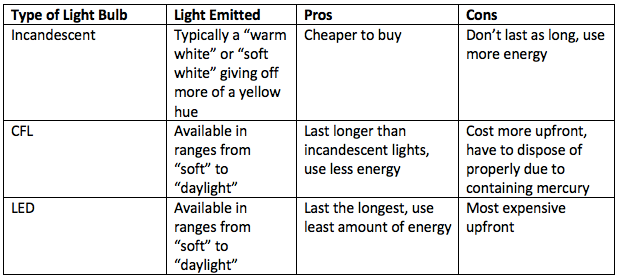How to Manage Water Damage
- Tim Kraemer
- Aug 23, 2017
- 2 min read

Water damage can happen in the blink of an eye. One minute you could be taking a shower, the next you step out into a flooded home. The steps you take following water damage, no matter if it’s big or small, are important.
Keep in mind that water (or moisture) is the breeding grounds for things such as mold and mildew. Things you don’t want growing in your home.
If the water damage is minor- like a leaky faucet that’s been dripping for a short time or a small leak from a window you may be able to care for it yourself. Keep in mind that water can seep under flooring and in places you may not see like behind dry wall.
For water damage that is overwhelming, we encourage you to seek professional help to make sure the damage gets taken care of in the right way. If you are renting, inform your landlord of water damage ASAP. The sooner you let them know, the sooner they can take care of it.
Whether big or small, here are some steps you should follow after a leak or flood.
1. Unplug electric items. ***Use extreme caution and only unplug items which haven’t been reached by the water yet.
2. Locate the source. Know where the water is coming from. Is it septic water, clean water from pipes, rain water or something else? Use caution while looking for the source.
3. Once located, make a plan of attack. Is it a leaky pipe, washing machine, or faucet? Can you shut off the water? If you can stop the flow, do so.
4. Start cleaning up. Do what you can to get the water under control. Mop, sweep, bucket, towel up, whatever you can do to start the clean-up process. ***Note if it’s dirty water like sewage or rain water, take caution and use gloves and masks to protect yourself from potentially harmful bacteria in the water.
5. Notify insurance and get a damage estimate. If things will need to be replaced, notify the proper people and get it checked out.
6. If you need to pull up carpeting, do so with caution. Use gloves and a mask. Watch out for nails, and keep children and pets out of the area.
7. Get air flowing throughout the area. Open up windows, use fans and dehumidifiers.
8. Use a water and bleach combination and make sure you sanitize walls, floors, furniture and anything else the water came into contact with. This will help to get rid of smells as well as harmful bacteria and prevent mold growth.
If in doubt (or in knee deep water) call a professional to help you get the water damage cleaned up and repaired. There are many companies that work round clock for such situations.
We hope you never find yourself in a flooded situation, but if you do, know there are people out there who can help you get your home back in order!




コメント